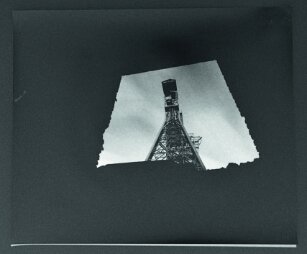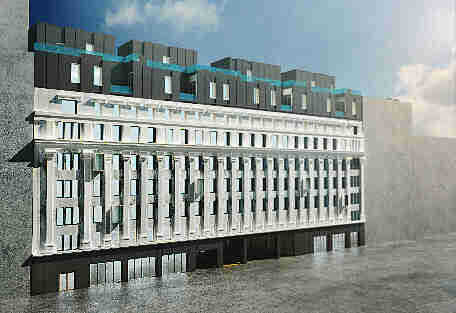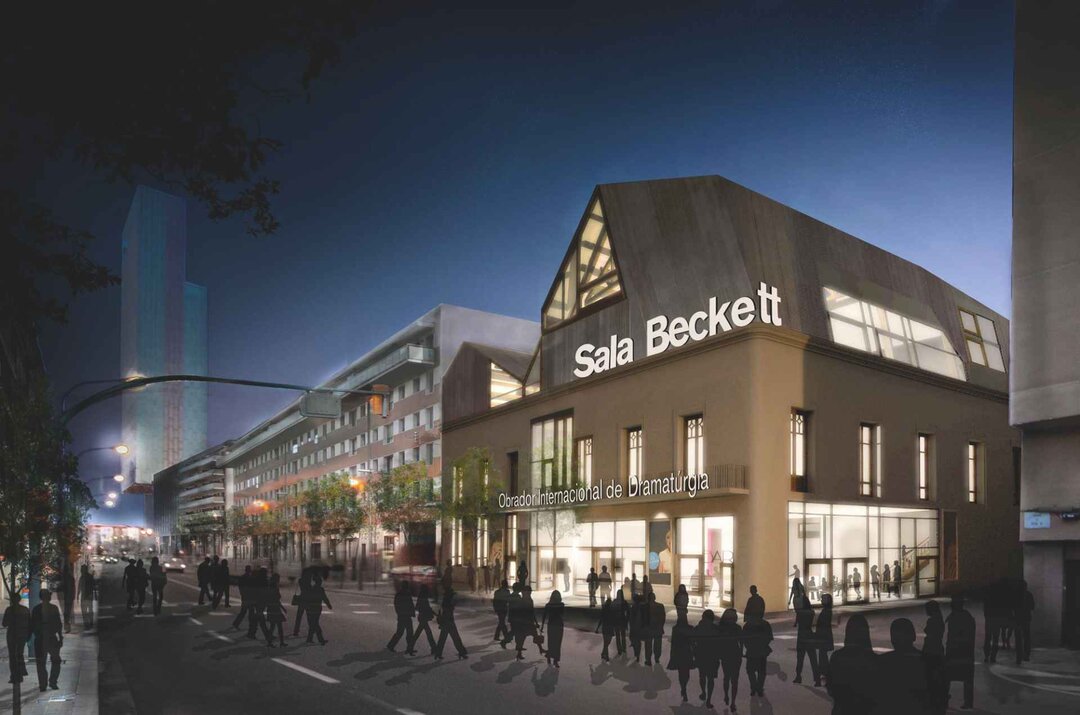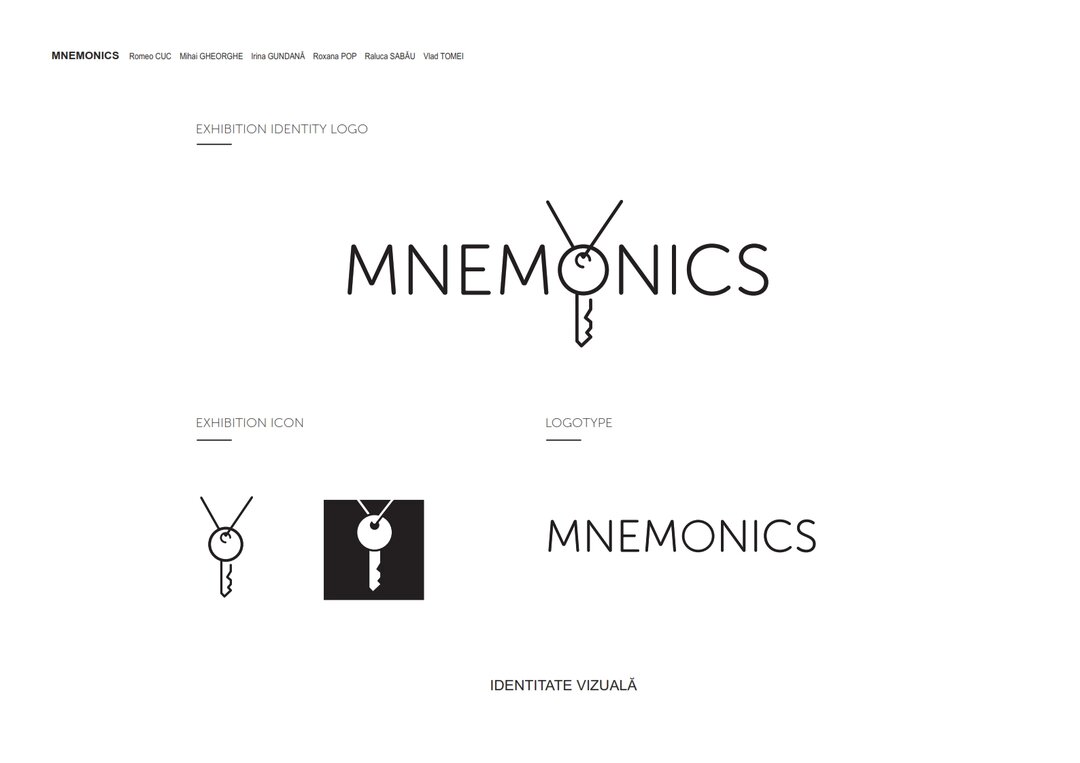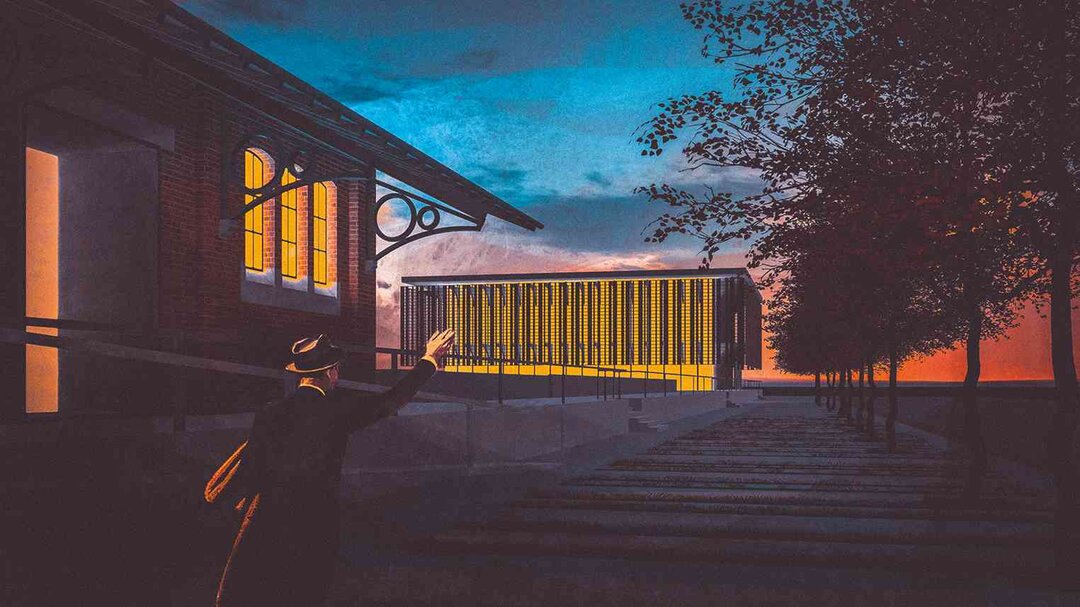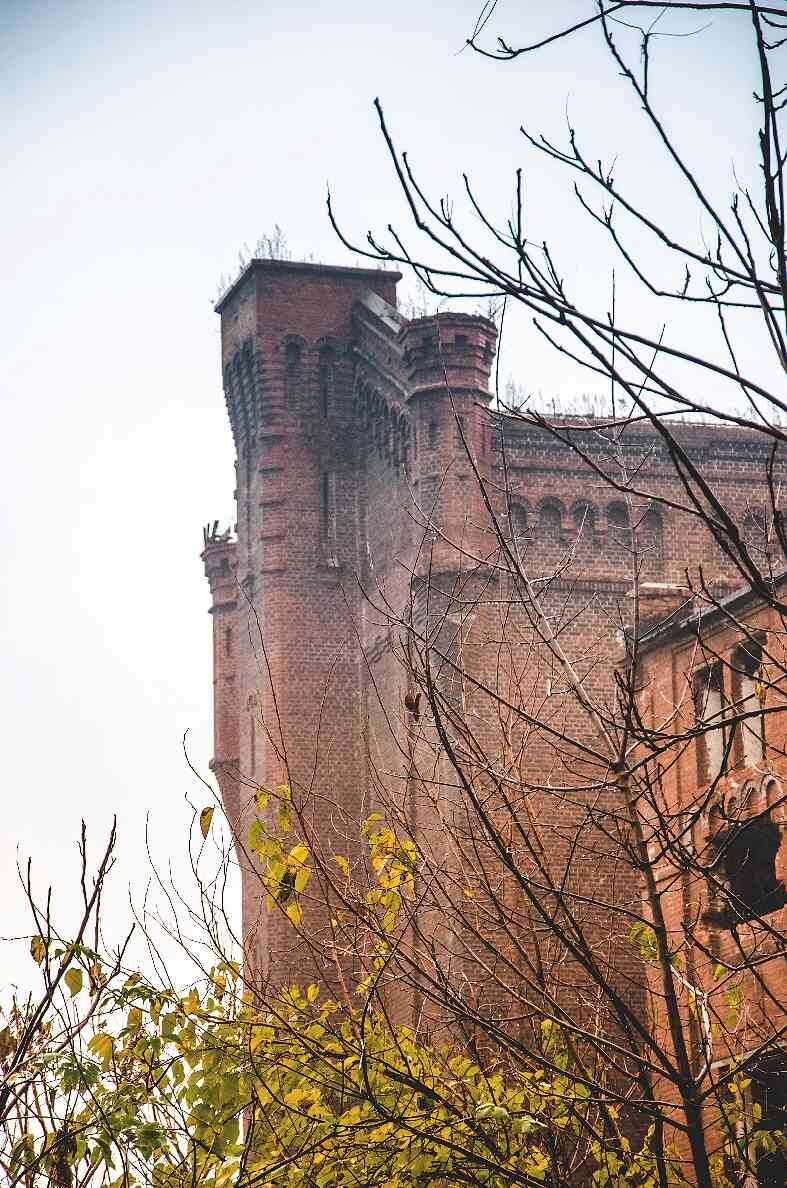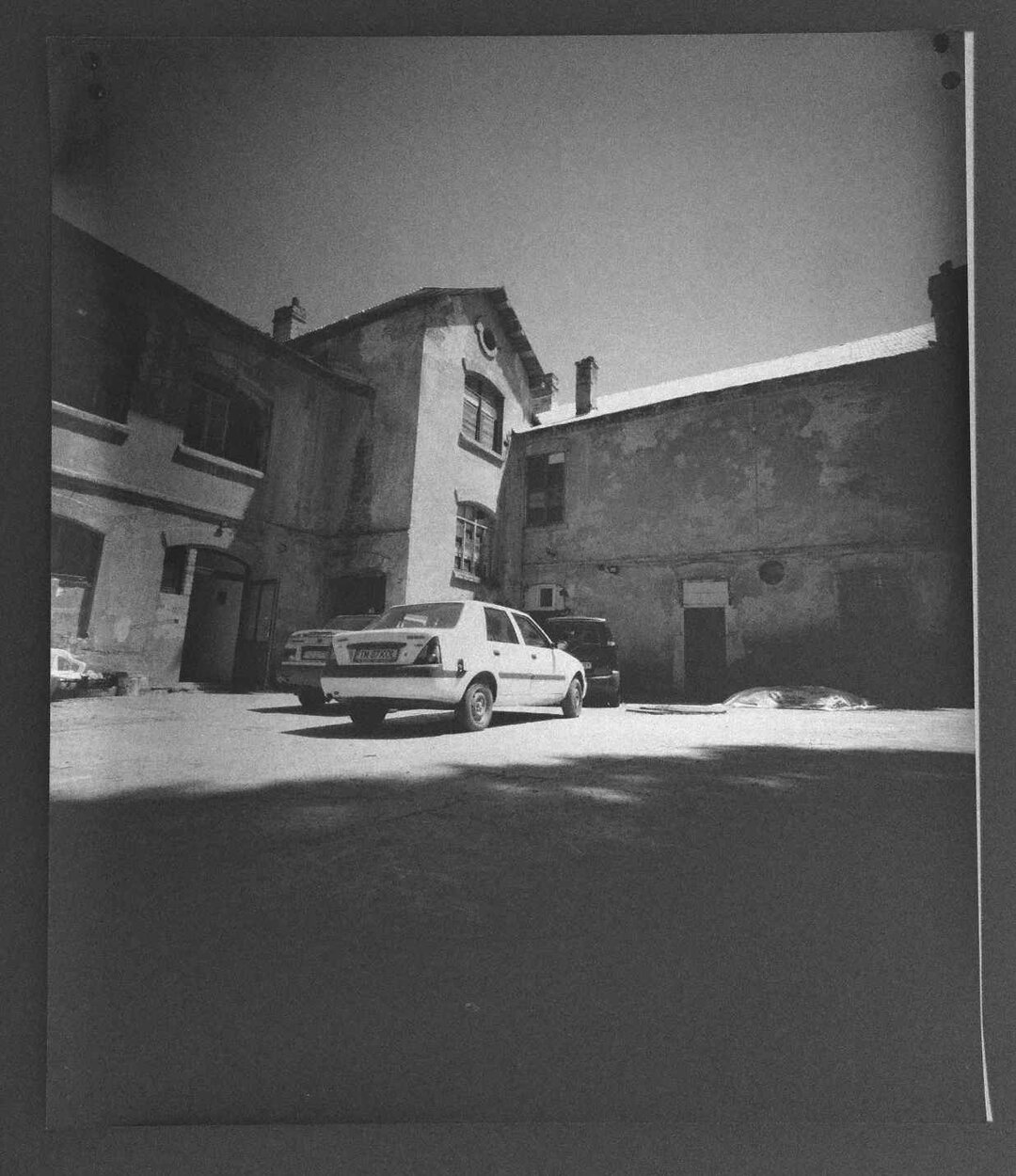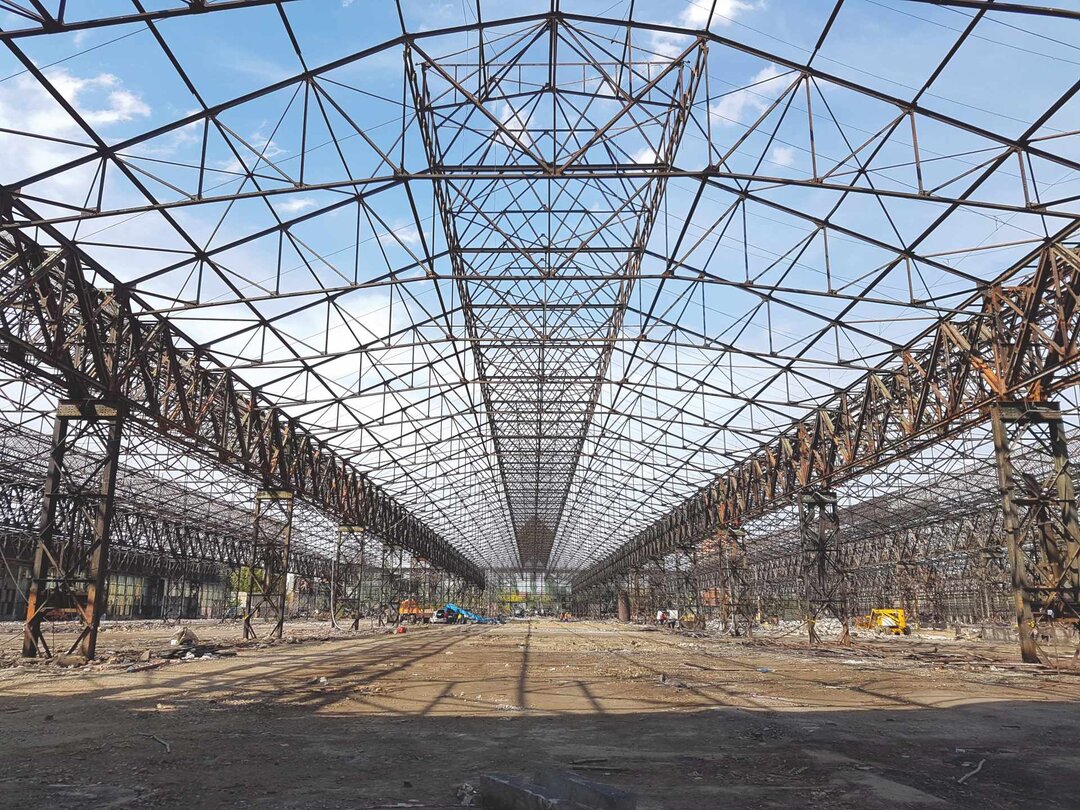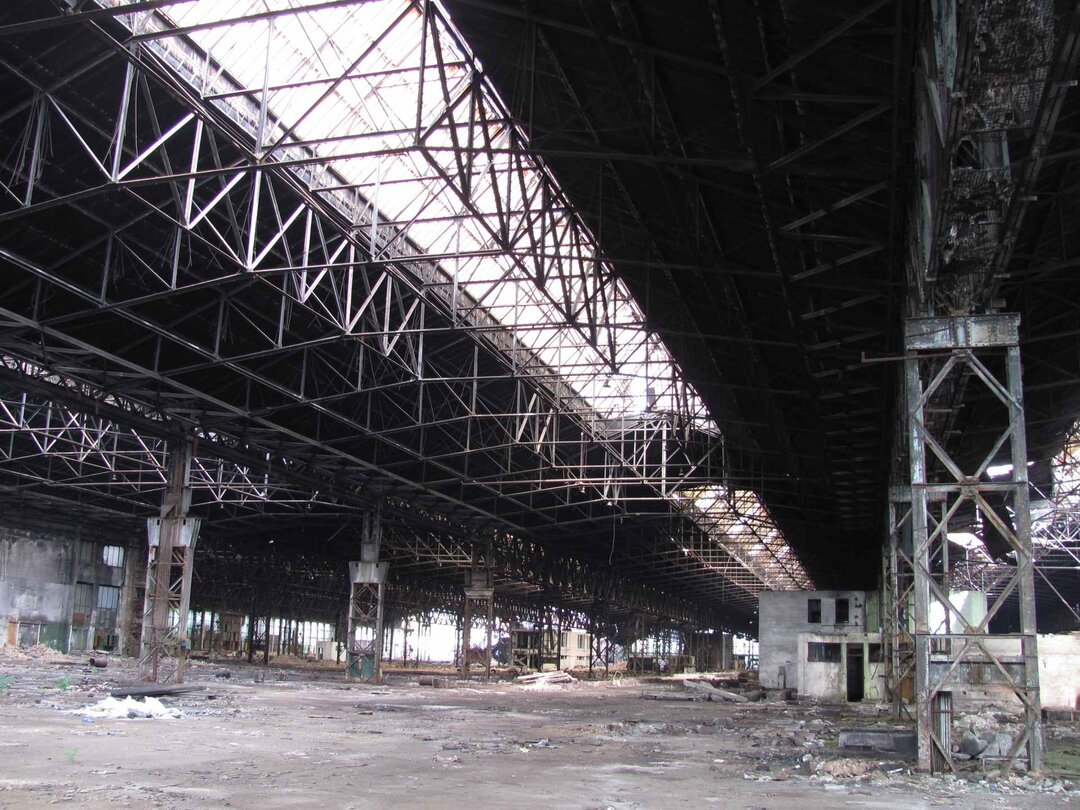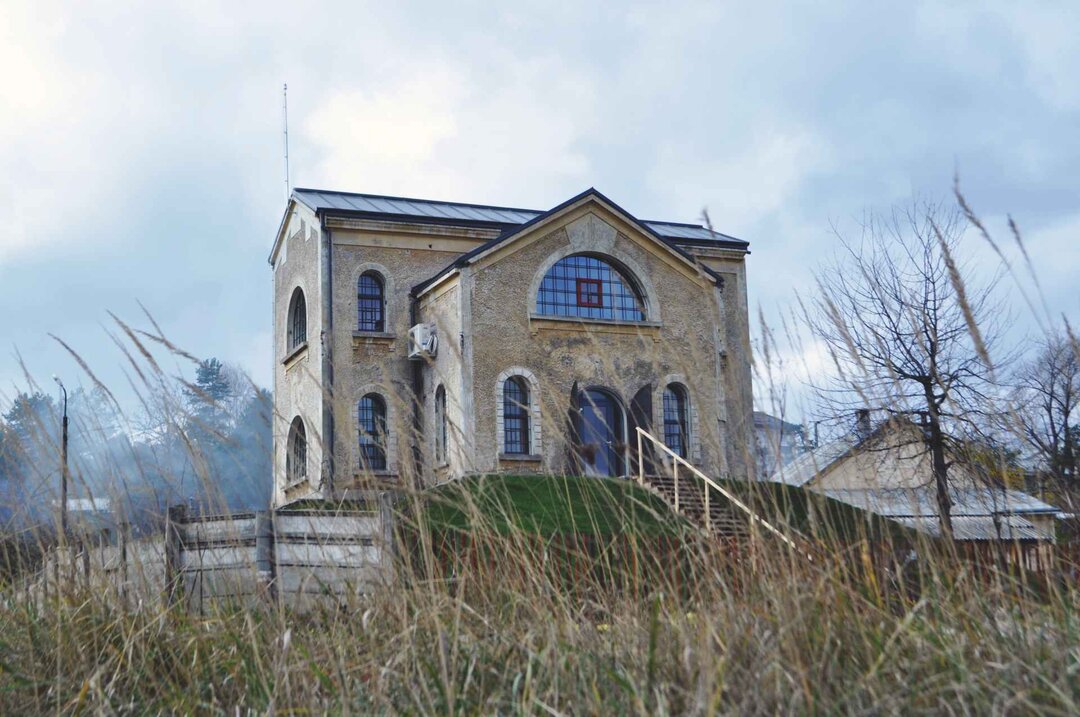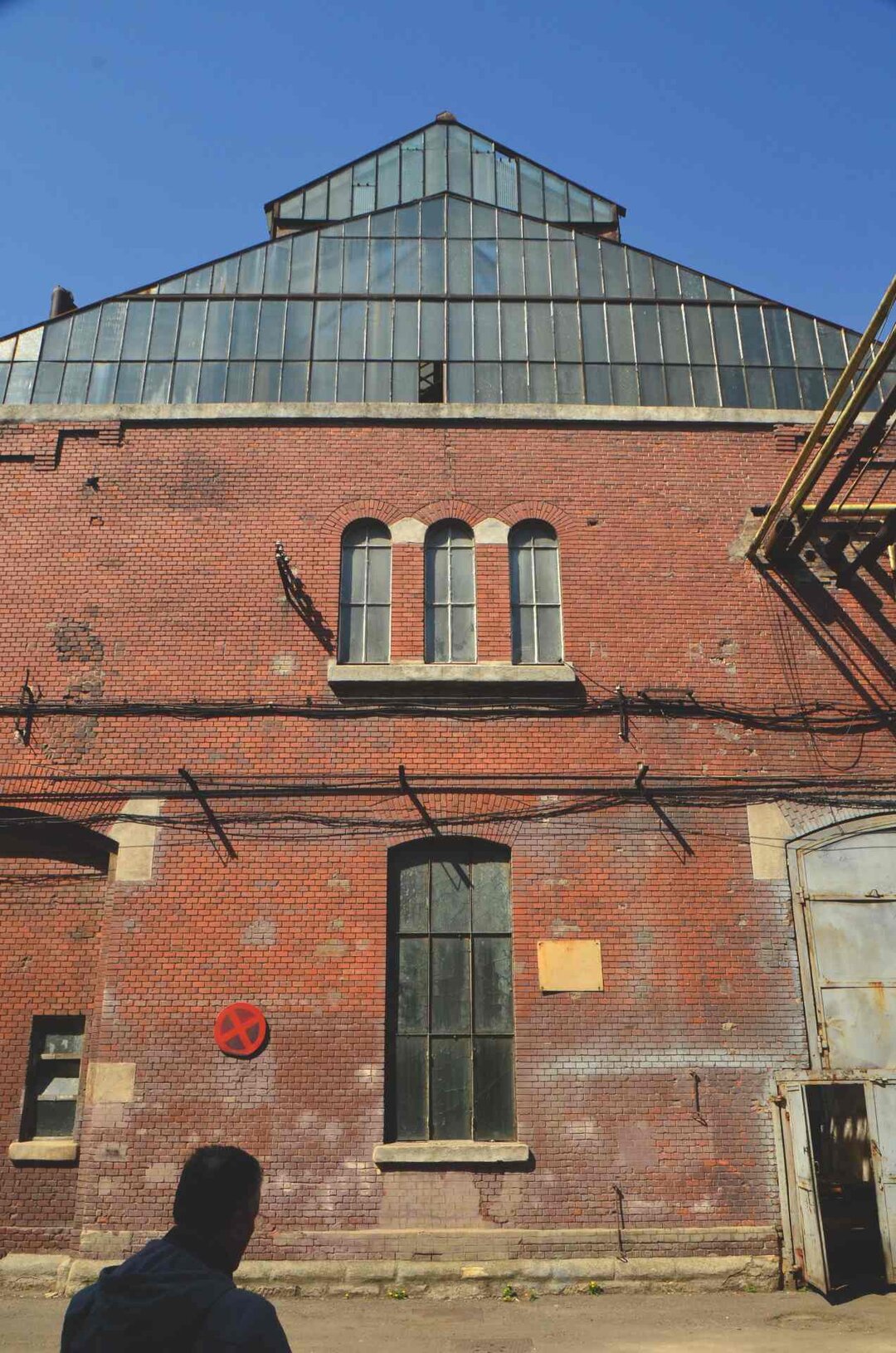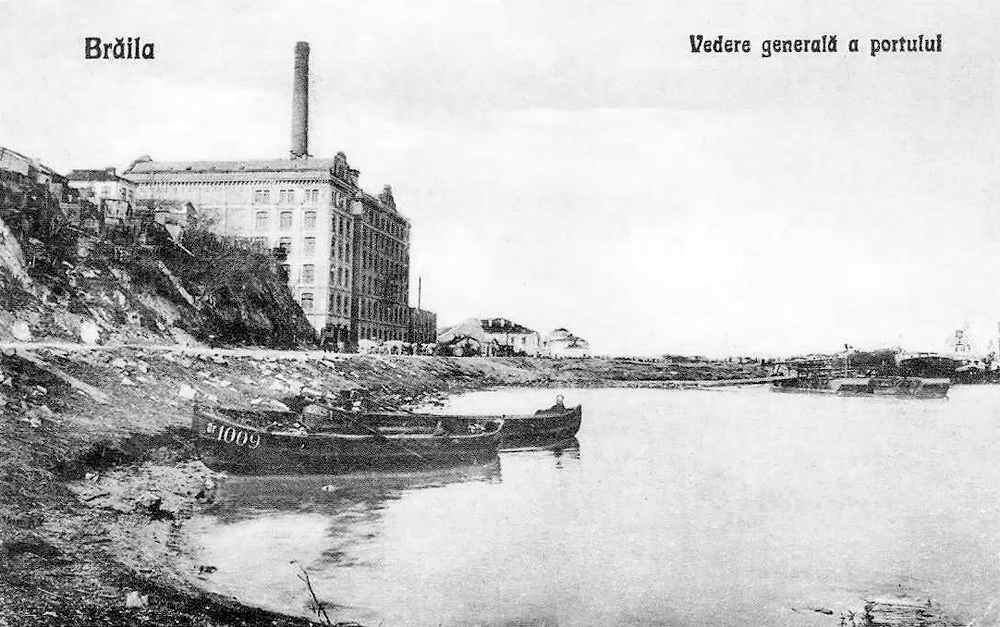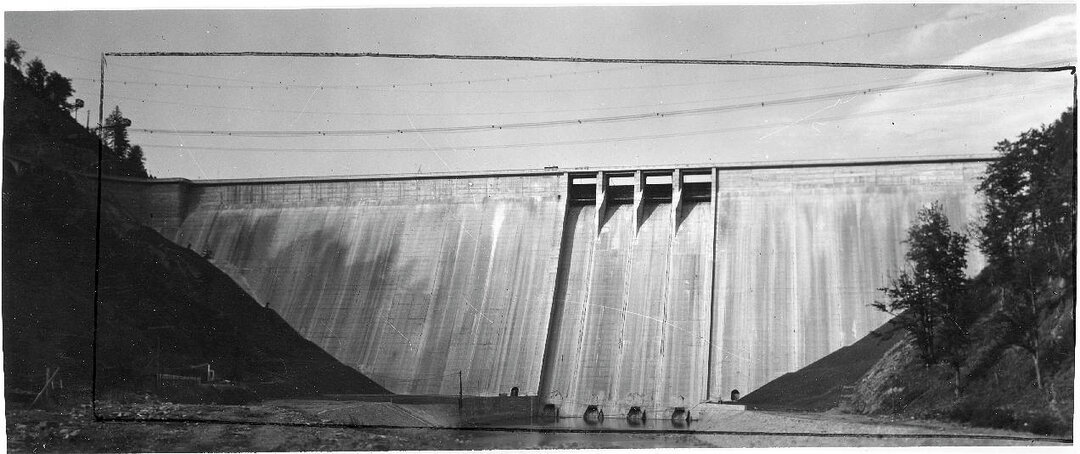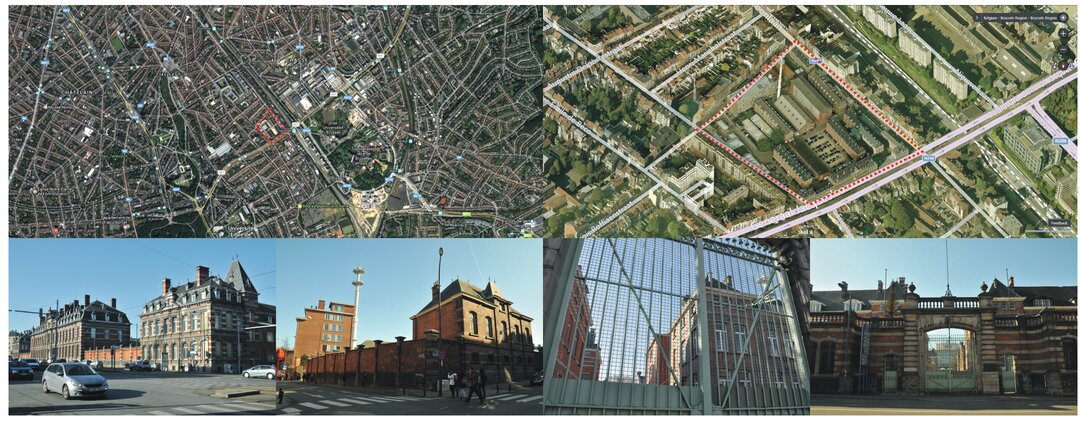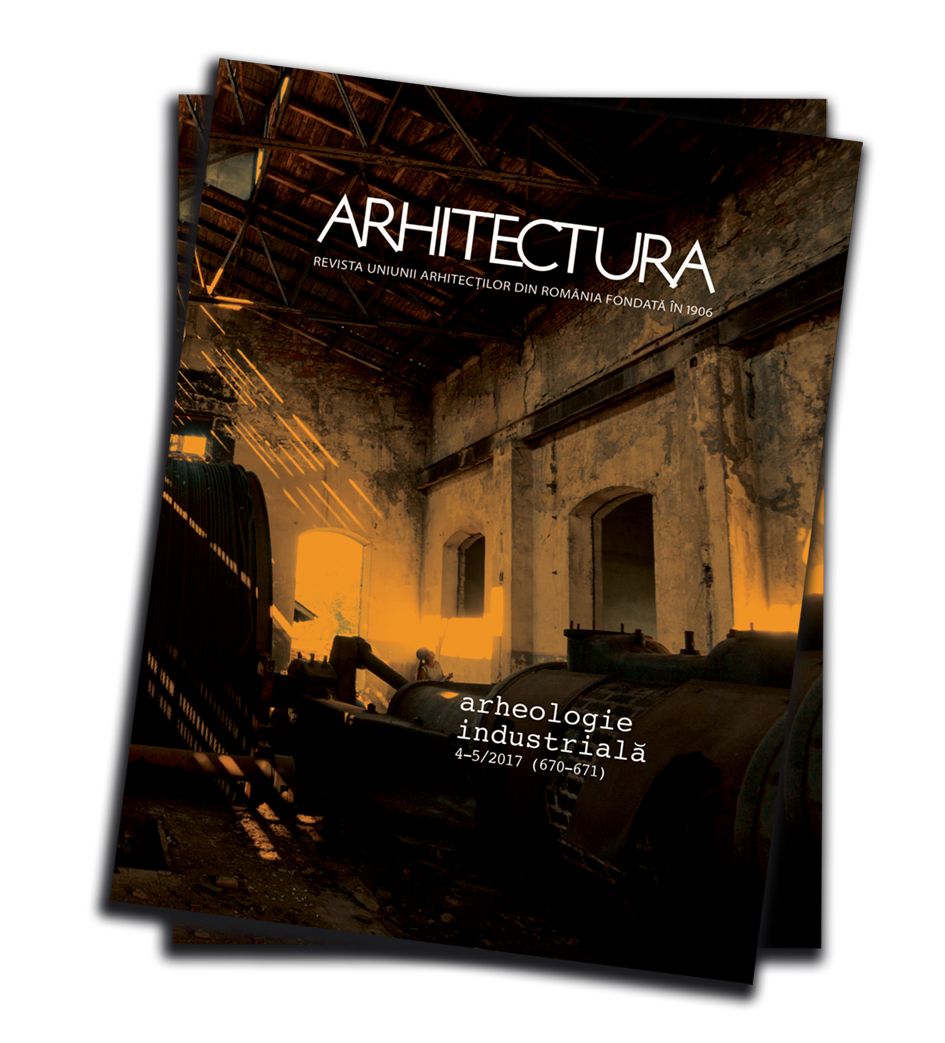
Restoration and conversion of industrial heritage. Case studies from Romania and Wallonia (Belgium)
Restoration and conversion of industrial heritage.
Case studies from Romania and Wallonia (Belgium)
Joint conference Irina Iamandescu, Vanessa Krins
January 23, 2018, Bucharest
Text: Maria MĂNESCU


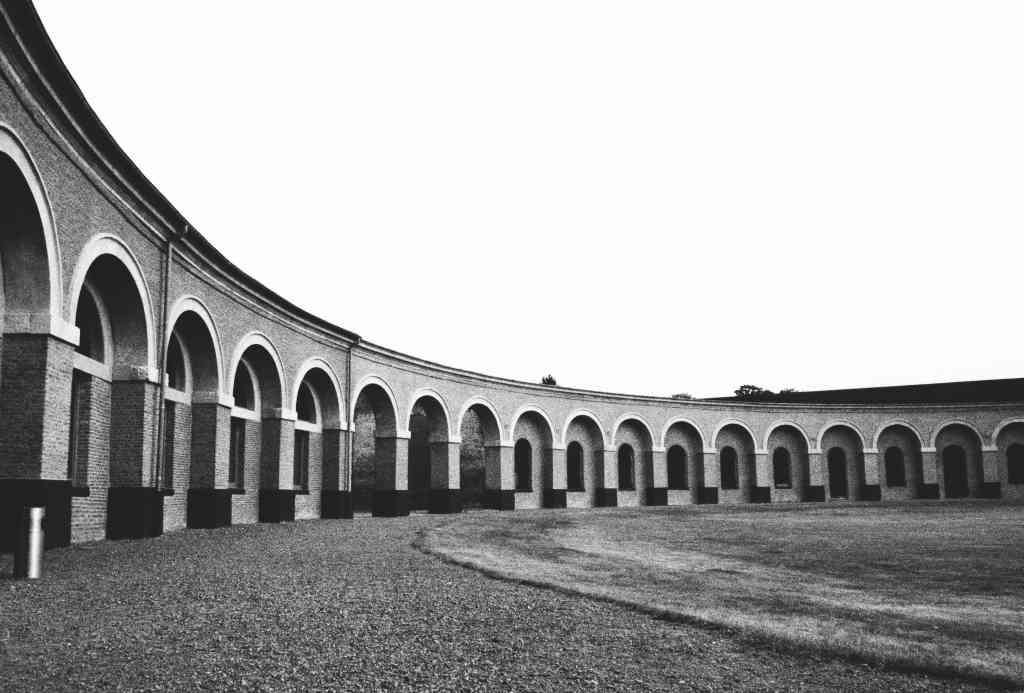

The case studies presented were:
The development of the Museum of Ceramics (Keramis Center) in La Louvière, which integrated and rehabilitated a disused building part of the Boch Keramis Porcelain Factory complex;
the restoration of the megastructure of the Strépy-Thieu boat lift on the Canal du Centre (Hainaut province), a UNESCO World Heritage Site;
the creation of one of the most active cultural centers for contemporary art, innovation and design in Belgium and in Europe at the Grand-Hornu site, a jewel of 19th century European industrial heritage, a UNESCO World Heritage Site since July 2012; and the rehabilitation of an old coal sorting and washing plant in Péronnes-lez-Binche, built in the 1950s under the Marshall Plan, closed in 1969 and left in disrepair until 2001, when its architectural qualities attracted the attention of the local authorities. The rehabilitation of this "concrete liner", with its labyrinthine interior playing half and quarter levels, classified as a historic monument, swallowed up a lot of private funds, but not enough, and public money was called in. In order to unblock the situation, the interior of the building is being declassified to allow the creation of flexible spaces adapted to the specific activities of several institutions that intend to settle here through private investment (Institute of Natural Sciences - Geology and Paleontology Department; Royal Museums of Art and History, Royal Museums of Fine Arts and the National Library).


